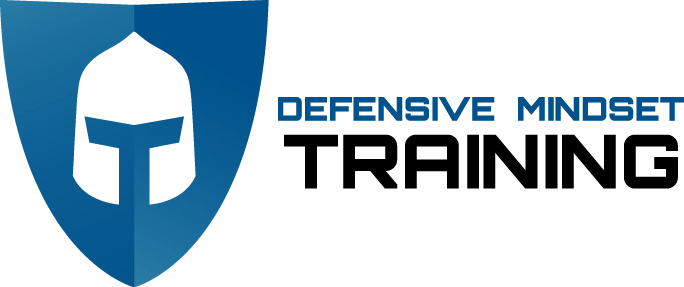Lessons in shooting micro-compacts
Beau Doboszenski, Owner/Lead Instructor
Originally published May 4th, 2018
On Wednesday, I helped Viridian WeaponTech test a new laser grip product that will soon be on the market. The firearm that we used to test it was a micro-compact .380 from a premier firearms manufacturer. The laser grip was quite good, keeping a consistent zero even through a large volume of fire, and I think it will be a good product for Viridian. The firearm that the laser grip was put on for testing was not quite as good. I’ve been considering purchasing a micro-compact handgun for a while, since it could be extremely useful for carrying while wearing a suit for formal occasions. So this made for an excellent opportunity to test one out through a lot of rounds and really see what my thoughts were on it.
Although I’m not at liberty to say which firearm manufacturer made the micro-compact I tested, I will say that I found both some positives and negatives, and came up with some modifications that could make the micro-compact handgun run much more effectively.
Here’s a video of me running the micro-compact:
Positives of the micro-compact:
Size. The firearm is certainly small enough to conceal via an IWB holster, even with the finger extension on the grip.
Speed. The firearm that we were running was a Single Action Only, 1911 style. That type of trigger is extremely fast, once you’ve developed an effective trigger press and (more importantly) an effective reset. I was quickly able to get 7 round strings in a 3-inch group with .12-.15 splits. That means that all seven shots were finished in 1.05 seconds.
Consistent Grip. The physics of proper grip management changed only slightly for the micro-compact. With a full frame firearm, the two key grip focal areas are the tang of the back strap and the bottom tip of the front strap. Normally, the pressure point in my hands is the webbing between my thumb and forefinger of the primary hand and the second knuckle of the pinky finger of the support hand. With concentration there, rotational recoil can be greatly reduced. On the micro-compact, the primary hand focal point remained, but the support hand focal point moved up one finger from the pinky to the support hand ring finger. With concentration there, I was able to maintain a high degree of recoil management, as you can see in the video.
Negatives of the micro-compact:
Recoil. As I’ve mentioned in previous writings, the big drawback to any micro-compact is the physics. The micro-compact uses the same round, with the same charge, and pushes bullets away from the firearm with almost the same amount of energy as in a full size handgun. However, with a large firearm, there is more weight in the firearm itself, which dissipates some of the energy of the round with the weight of the firearm before your body must physically absorb it. Thus, larger handguns will absorb MORE of their own recoil than smaller ones. So shooting this handgun, even though it was shooting .380, had the same “feel” to me as a hard recoiling compact .40. Very snappy. And it left me with a bruise on my hand.
Sharp safety mechanism. The safety mechanism was too large, and sharp, so as I held the firearm in a proper grip, the edge of the safety cut me. If this were my own firearm I would either replace the safety lever with something more modest, or maybe even sand down the back edge, just a bit, to keep it from cutting my hand on each shot.
Awkward magazine size and too light. The magazines of micro-compacts are notoriously hard for conducting Emergency Reloads, as you may have noticed in the video. They’re so small and light that they have trouble coming out freely. And worse still, if your hand goes past the bottom of the handgrip, as mine does, you need to be very careful about how you insert the next magazine or you’ll pinch the bottom of your palm. To avoid that pinch, I needed to open my hand up wide to clear space, which resulted in my having an inconsistent grip on the firearm from first magazine to second magazine, slowing me down and decreasing my effectiveness. To fix this, if I owned this micro-compact, I’d try to increase the weight of my magazines by supergluing a hunk of lead to the baseplate of the magazine to help it drop out. The grip troubles would, I suspect, be corrected naturally through time and very definitive practice. So if you’re carrying a micro-compact, but only practice with your full-size, you are definitely doing yourself a disservice.
As an interesting aside, DMT’s Rules of Safety made running this micro-compact simple, even though it had an external safety and I normally shoot a Glock without external safeties. DMT Rule of Safety #3 is Safety Selector Awareness: When the muzzle is toward the target/threat, weapon on fire. When the muzzle is NOT toward the target/threat, weapon on safe. Having programmed this rule to become automatic meant I could operate this particular micro-compact without any hesitations about double checking the safety while running the firearm.
Thank you to Viridian for allowing me to spend some time with your great new laser grip product. I think it will definitely fit the needs of some shooters. And thank you for allowing me to spend some time with this micro-compact, a style of handgun that is now being used by so many shooters.
